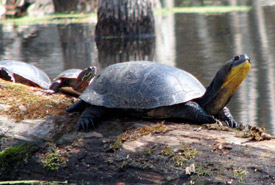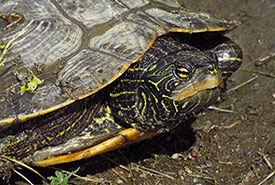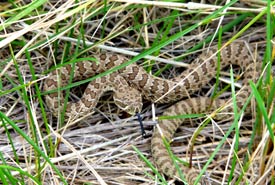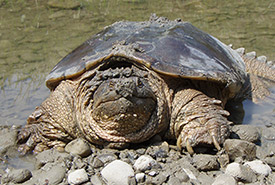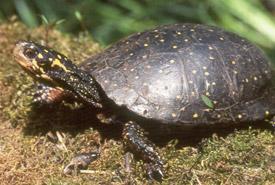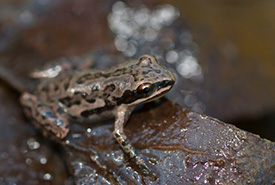Reptiles and amphibians
-
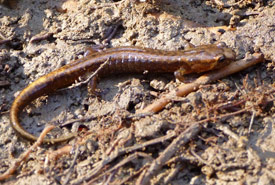
Allegheny mountain dusky salamander
The Allegheny mountain dusky salamander is slim and small, and ranges from seven to 10 centimetres in length.
-
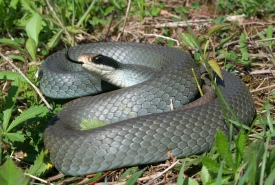
Blue racer
The blue racer, a non-venomous snake, is the second longest snake species in Ontario, growing up to two metres in length. It is named for its ability to reach speeds of up to seven kilometres per hour, and its grayish blue or blue-green colour.
-
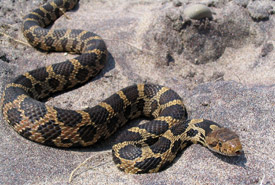
Eastern foxsnake
The eastern foxsnake is a provincial and national species at risk whose status was elevated from threatened to endangered in April 2008.
-
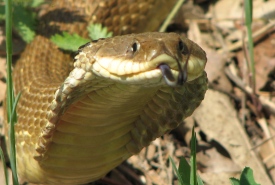
Eastern hog-nosed snake
Canada's Species at Risk Act lists the eastern hog-nosed snake as threatened.
-
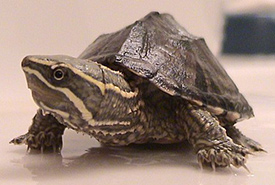
Eastern musk turtle
Sometimes referred to as the "stinkpot" turtle, this species emits a strong odour, especially when it is frightened.
-
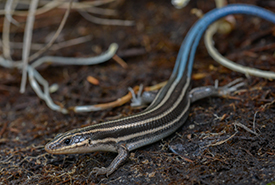
Five-lined skink
The only lizard species native to Ontario, the five-lined skink is a small hunter with a tail that can detach when attacked by predators.
-
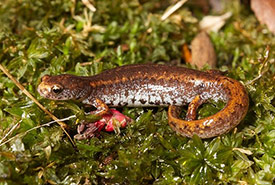
Four-toed salamander
The four-toed salamander is native to eastern North America. It has no lungs; instead it breathes through its skin and the roof of its mouth.
-
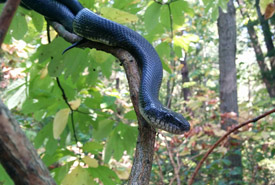
Gray ratsnake
Native to North America, the non-venomous gray ratsnake is the largest snake in Canada, reaching approximately 190 centimetres in length.
-
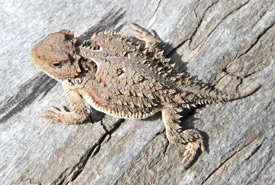
Greater short-horned lizard
The greater short-horned lizard is the only species of lizard found in Alberta and Saskatchewan. It is sometimes called the “horned toad” because of its squat appearance, although it’s not a toad at all.
-
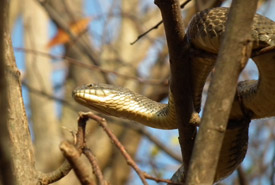
Lake Erie watersnake
Lake Erie watersnakes are medium-sized, non-venomous snakes. They are one of two subspecies of the common watersnake found in Canada.
-
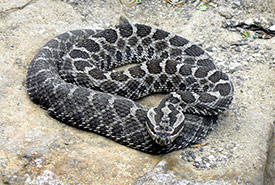
Massasauga rattlesnake
This is Ontario’s only venomous snake. Despite its fearsome reputation, the massasauga rattlesnake is shy and docile, and avoids human contact whenever possible.
-
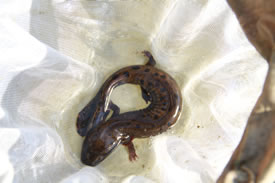
Mudpuppy
The mudpuppy is Canada’s largest salamander species. The International Union for Conservation of Nature has assessed the mudpuppy as least concern globally. It is also considered not at risk in Canada according to the Committee on the Status of Endangered Wildlife in Canada.
-

Northern leopard frog
The northern leopard frog measures five to 10 centimetres in length and is green or brown with dark spots surrounded by light halos. Females are typically bigger than males.
-
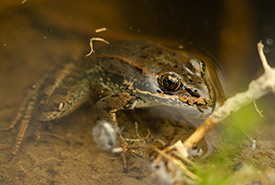
Northern red-legged frog
Despite its name, the northern red-legged frog’s legs are not completely red.
-
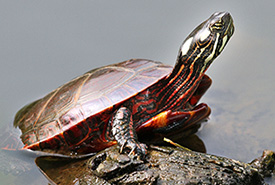
Painted turtle
There are three subspecies of painted turtle in Canada: eastern, western and midland.
-
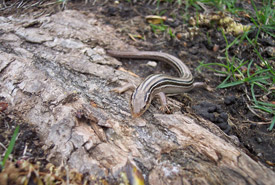
Prairie skink
The prairie skink has a brown or tan back with darker sides and is easily distinguished by the lines running down its body. It is 13 to 22 centimetres (five to nine inches) in length and has short legs.
-
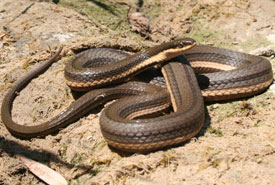
Queen snake
Commonly thought of as cold-blooded and aggressive, most of Ontario’s snakes are actually quite elegant and good-natured. Take, for instance, the queen snake – the royal reptile.
-
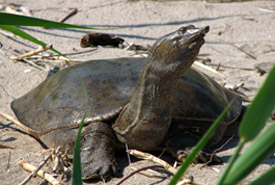
Spiny softshell turtle
With its flat, soft shell and long thin nose, the spiny softshell turtle often attracts public curiosity, but it is actually a shy and nervous creature, and is highly vulnerable. In fact, the species is officially listed as threatened in Quebec.
-
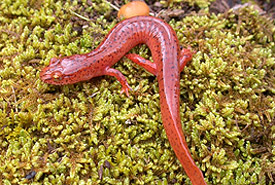
Spring salamander
Nestled in Covey Hill in Quebec's St. Lawrence Lowlands is a population of a very special species: the spring salamander.
-
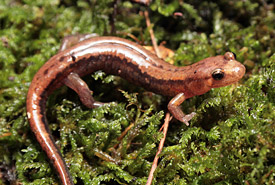
Stream salamander
What amphibians have no lungs and depend on the humidity of their environment to survive? Stream salamanders!
-
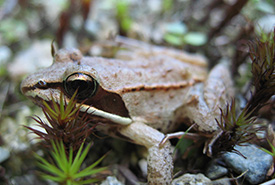
Wood frog
With its distinctive black eye-mask, the wood frog can be found in forests across most of Canada. When winter comes, this frog has adapted to freeze solid until spring arrives.
-
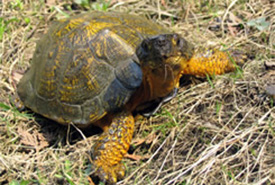
Wood turtle
The wood turtle is listed as a species at risk both federally (threatened) and provincially (endangered). The wood turtle's range is restricted to wooded streams and rivers in northeastern North America. In Canada, it only occurs in Ontario, Quebec, Nova Scotia and New Brunswick.


